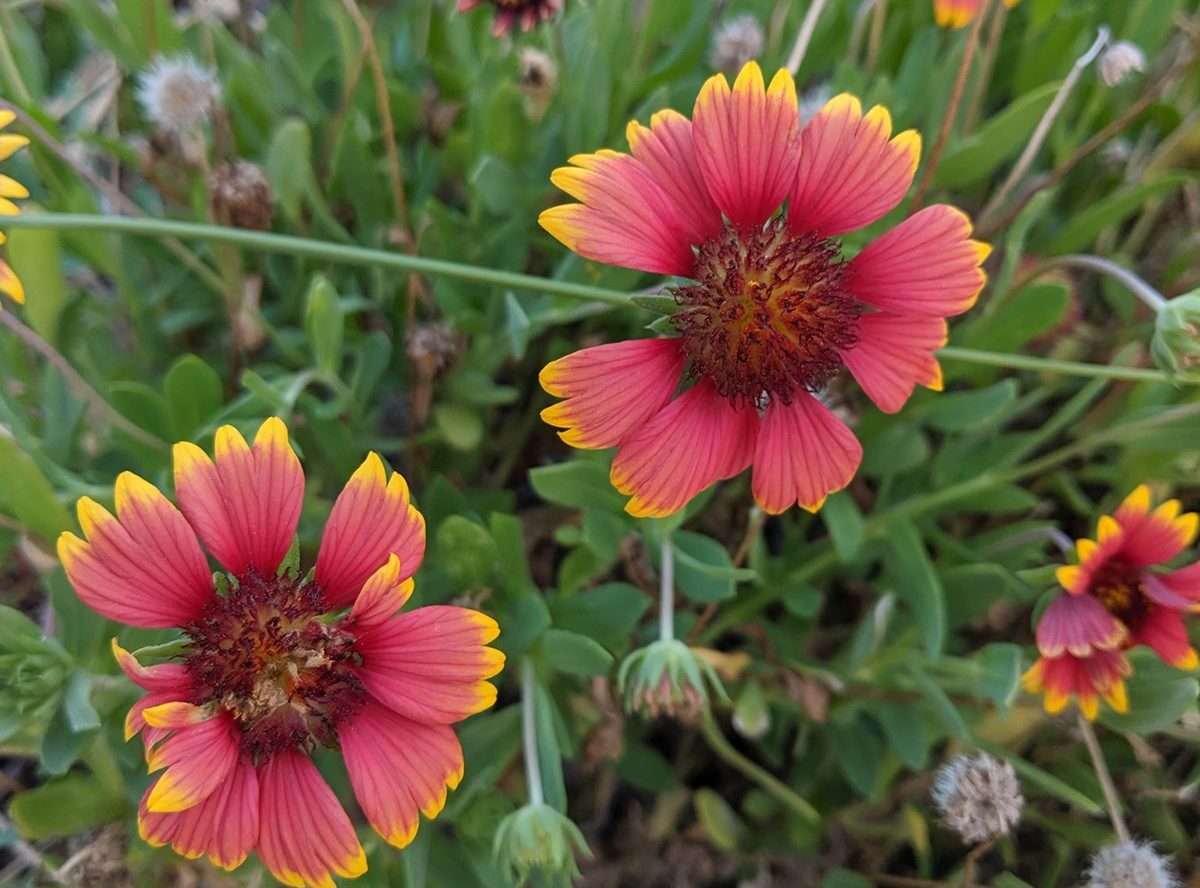First Person is a daily personal piece submitted by readers. Have a story to tell? See our guidelines at tgam.ca/essayguide.
Illustration by Catherine Chan
Last summer, as temperatures around the world exceeded the limits of human endurance and wildfires wiped out Canada’s forests, the kitchen sink backed up. As disasters went, ours was insignificant, but the house no longer functioned. Dishes couldn’t be washed, showers couldn’t be taken, laundry couldn’t be done. Repeat visits from the plumber failed to get things moving. I’d been dreading this happening for a while. Nobody had dug up the grey-water pit for 20 years.
The grey-water pit was part of the lexicon of my rural upbringing. My parents built this house. Beyond the reach of city water and sewers, we were on our own, dependent on idiosyncratic plumbing systems. In the remote past, a medieval-looking object known as the grease trap was installed in the basement. Periodically, a smell signalled that it needed to be cleaned. My brothers and I did it, using sticks and snakes (augers) and bailing out the inky muck with old margarine containers and sponges.
Every decade or so, the clog went beyond the grease trap, requiring drastic measures. The grey-water pit, about eight metres from the house, had to be dug up and the drain unblocked from that end. The last time it was done, my parents were past the age limit for digging. I naively volunteered, with the weekend help of a badly hung-over nephew. We succeeded, but he made me promise never to ask again.
This time, my parents long gone, I planned to hire someone to do the job. Strangely, no one wanted it, or if they did, couldn’t start for weeks. My brothers consulted but showed no enthusiasm for rolling up their sleeves. Happily, my partner offered to help. Born and raised in inner-city Glasgow, he was unfamiliar with the concept of a grey-water pit, but he has a strong stomach.
On a steamy July day, we began transplanting the peonies flourishing on the likely site. Then we started removing earth – largely rock, some of it massive chunks of limestone. “Who put these here?” my partner groaned. I kept quiet.
It took days to haul it out. All the time I worried: Were we digging in the right spot? I did recall the pit was about two metres down. We’d know we’d found it when we struck the old VW van door used as a cover.
We worked slowly, to avoid strained backs and shoulders, heat strokes, heart attacks. I dug in early mornings before the day heated up, filling and dumping bucket after bucket of bone-dry soil. It hadn’t rained in weeks. It wasn’t pleasurable, but it was calming, meditative even. The planet’s systems were breaking down, but there was a chance we could fix this small domestic one with sweat, perseverance and old knowledge.
The air, though tinged with the smoke of distant wildfires, was saturated with oxygen from hoary oaks and maples. The ash trees were gone, but the canopy was still dense. I easily imagined myself back five decades, my mother tying up tomatoes in a patch of sun. The birds pumped out a dawn chorus, though much diminished from when I was growing up. Plenty of noisy jays and robins, but nary a flycatcher or a warbler. My father could identify dozens of species just by their songs. I hadn’t heard a kingfisher all summer.
Several days into our task, we struck broken porcelain from an old toilet. Then a mangled lawn chair and an axle. Soon after, to our joy, our shovels clanked on steel: the van door! It took the rest of the day to clear enough earth away to avoid an avalanche into the opened pit.
Next morning we pried up the van door. The concrete vault below didn’t smell. It was dry. Or not quite – when I lowered myself in, I sank to my calves in the black gunk familiar from the old grease trap. At this point it was less liquid than gelatinous. No doubt if left long enough, it would turn to coal; even longer, to diamonds.
Down in the pit again, balancing on a couple of planks, I braced myself for the point of the exercise: unplugging the drainpipe. All doubts rushed back. The plumber was sure the line had collapsed. If so, it would have to be excavated back to the house and professionally replaced, with more protracted household dysfunction and considerable expense.
But after we gingerly hammered an old ski pole up the pipe, a bead of moisture formed on the rusted lip. A minute later, it dripped. Kettles of boiling water poured down the kitchen sink eventually produced a sluggish black ooze. Countless kettles later, clear water flowed.
Once the wild rejoicing died down, we shovelled out the sludge and resealed the pit with planks and rigid insulation. The VW door went back on top, on the advice of one brother: “Looks more or less the same as when it came off the van.”
It took no time to shovel the soil back into the hole. My partner used the rocks we’d dug out to make low walls and a flagged path. On the trampled ground, shrubs from garden-centre sales now wave in the breeze. And below our feet, the grey-water pit slowly fills. For better or worse, we won’t be digging it up again..
Maureen Garvie lives in Kingston, Ont.










